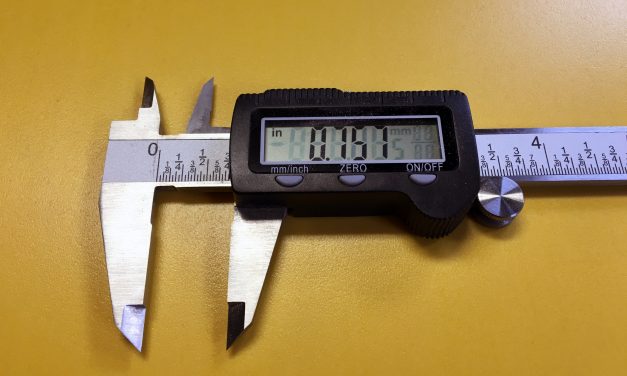
The drop cloth, safety goggles, breathing mask, and pair of gloves will reduce the effect of the dust on you and your furniture. Though dry-sanding spews a lot of dust in the air, the effect of the dust can be very limited if you cover all the objects in the room and you use your safety gear. So dry-sanding is better performance-wise. It just isn’t as fine and smooth as the finish of dry-sanding. This doesn’t mean that the sanding result of wet-sanding is bad or not good enough, it is. Dey-sanding produces smooth and clean drywall. In terms of the smoothness of the sanding result, dry-sanding edges a bit over wet-sanding. Dry-sanding produces toxic substances to the body so wet-sanding is better health-wise. Wet-sanding is cleaner and it doesn’t pose any health threat. However, it’s usually recommended to wet sand.

Should You Dry-Sand or Wet-Sand Drywall?īoth methods are great and either will give you a good sanding result.

However, for this guide, the wet-sanding method is recommended, and for good reason too. You can either dry-sand or wet-sand.Īny of the two methods would give you a very good sanding result depending on how experienced you are with the method you pick.īoth methods also have their advantages and disadvantages. When it comes to sanding drywall, there are two ways to go about it. Sanding drywall is a great method to make your drywall surface smooth.

Should You Dry-Sand or Wet-Sand Drywall?.


 0 kommentar(er)
0 kommentar(er)
